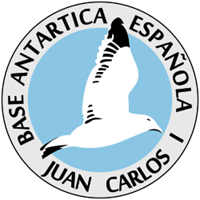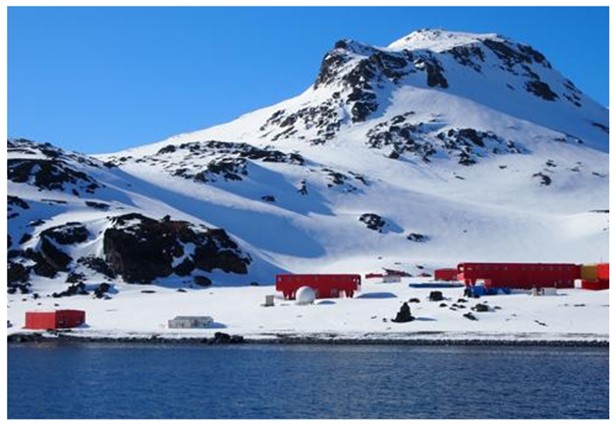
Juan Carlos I Antarctic Station

Address
Livingston Island, South Shetland Islands.Operated by the CSIC (Consejo Superior de Investigaciones Cientificas).
Station manager
Miguel Angel OjedaStation Features
Opening year: 1988 Status: OpenFacilities
Station name and owner
The Juan Carlos I Spanish Antarctic Station (SAS) managed by the CSIC (Consejo Superior de Investigaciones Cientificas).
Location
Juan Carlos I is a seasonal coastal Antarctic station located 200 m from shore in a small bay in Livingston Island, South Shetland Islands. The station is close to Johnson Glacier and Sofia Mountain.
Climate data
Grey colours are WMO Climate Normals including maximum and minimum values. Blue colours are individual years.
Climate data for the stations where extracted via Copernicus Climate Data Store, from the global gridded reanalysis product:
ERA5 monthly averaged data on single levels from 1940 to present.
Description and source code: Roemer J.K. 2023. https://doi.org/10.5281/zenodo.10214922
Data Source: Hersbach et al. 2023. Copernicus Climate Change Service (C3S) Climate Data Store (CDS), https://doi.org/10.24381/cds.f17050d7
Biodiversity and natural environment
Coastal area surrounded by glaciers. Around the station there are many different lichen species and some fauna including Gentoo and Chinstrap penguins, Elephant seals, and birds such as Skuas and Petrels. Permafrost is easy to find in the area. The criptogamic prairies are remarkable. Vascular plants are present in the station vicinity.
History and facilities
The station was set up to support the interest shown by the Spanish scientific community in Antarctica, it was the firstSpanish station in Antarctica. In December 1986, a group of four scientists set up a camp in Livingston Island in order to look for the right place to build the Juan Carlos I station, taking into account that, at that time, there were no stations in Livingston Island. In 1988 the first modules of the station were disembarked, in that moment, the Juan Carlos I station was installed. Since then, the station has been operative during 28 years. The station was recently refurbished and was completed in the 2016/2017 campaign. The station consists of a set of buildings with two main modules, living/services, including infirmary, kitchen rooms and living room, with capacity for fifty people, and a laboratory module able to cover different scientific disciplines. There are another six modules dedicated to station services: workshop, waste treatment, energy generation, storage, fuel. One important aspect of the station is the importance given to energy efficiency in order to avoid energy waste and focus on decreasing consumption.
General research and databases
Glaciology, lichen physiology, permafrost, geomagnetism, ionosphere, and meteorology databases are available. Research on limnology, microbiology, coastal science, soils, geology, geomorphology, geodesy are also conducted.

